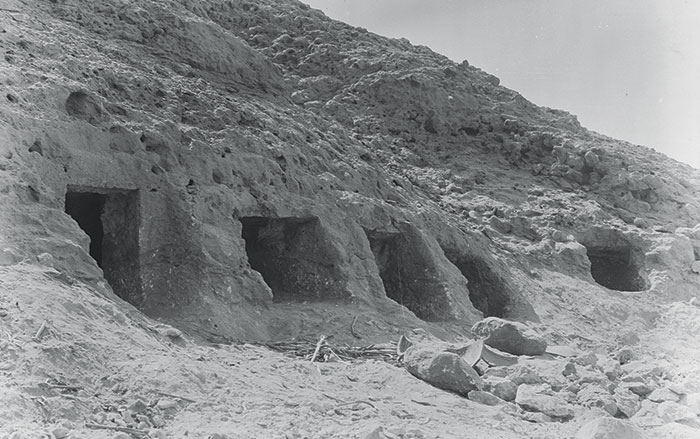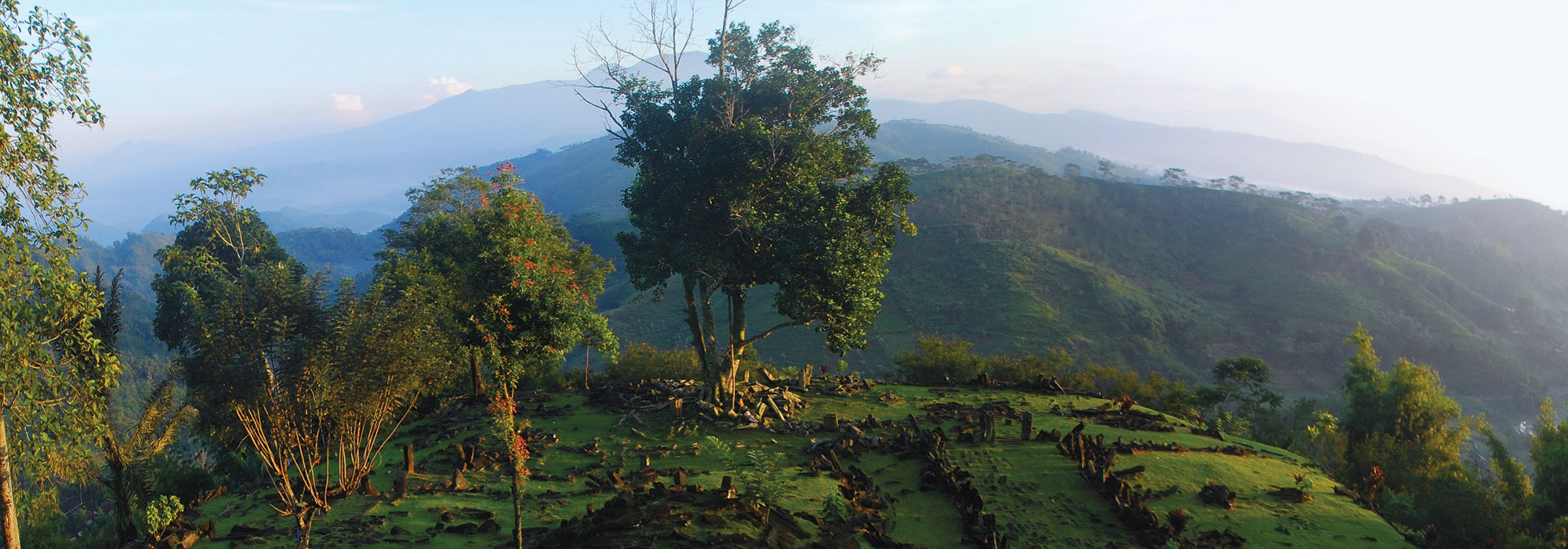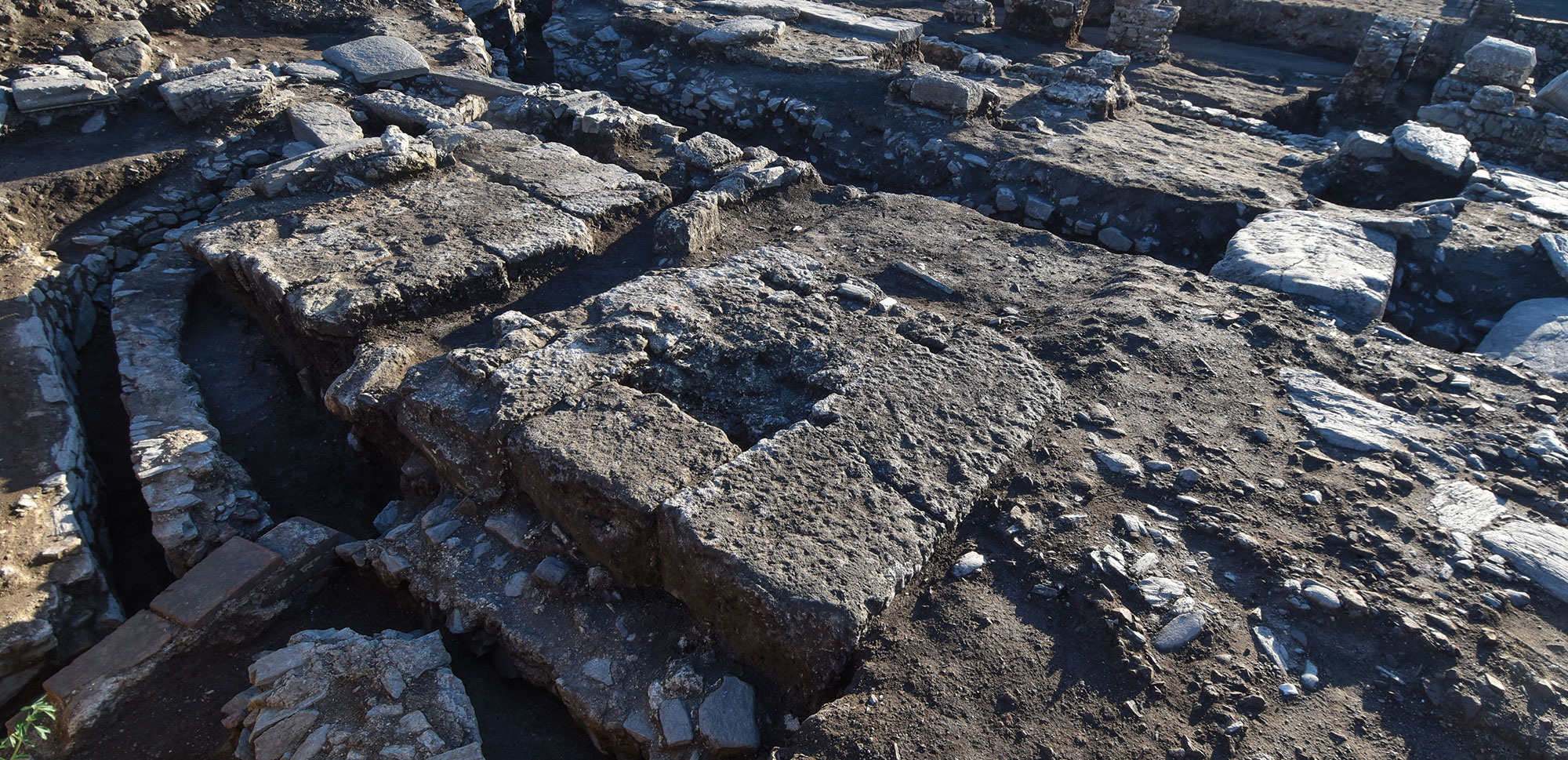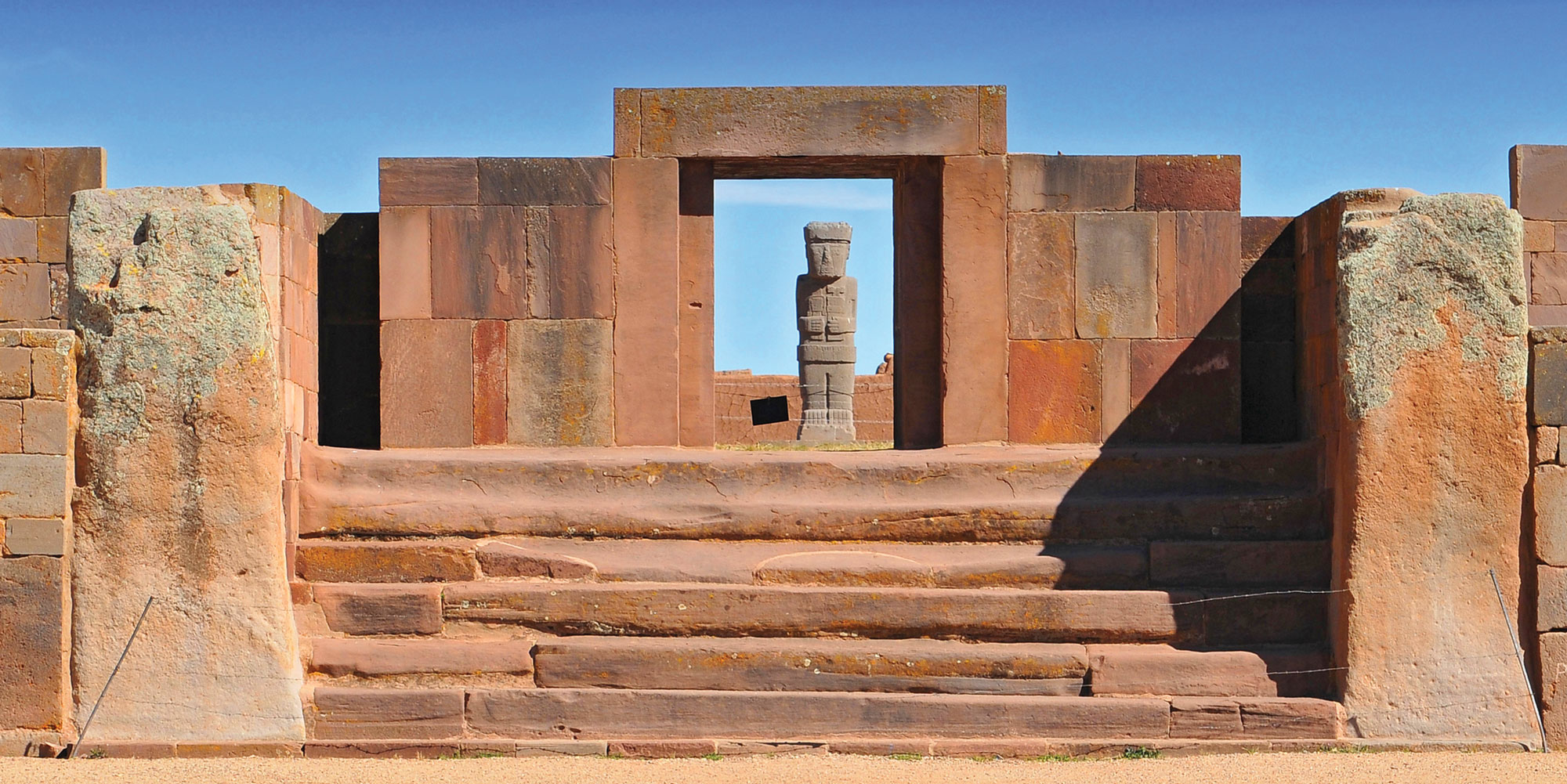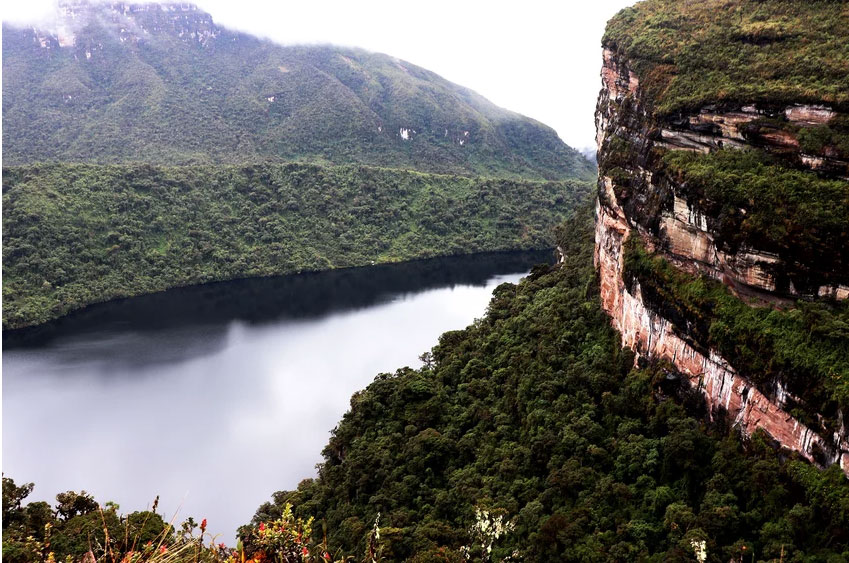
LEIPZIG, GERMANY—According to a statement released by the Max Planck Society, an international team of researchers reconstructed ancient Plasmodium genomes through the analysis of samples taken from 36 people who lived during the past 5,000 years. The pathogens, Plasmodium falciparum and Plasmodium vivax, were recovered from blood preserved in the teeth of the deceased individuals. The strain of P. vivax that infected a person who lived at a high-altitude site in the eastern Peruvian Andes was found to be similar to an ancient strain of European P. vivax, suggesting that the pathogen traveled to the Americas with European colonizers. P. vivax was also detected in skeletal remains buried in a historic cemetery in Mechelen, Belgium. But the more virulent P. falciparum pathogen, which was more common in the Mediterranean region, was detected in burials in the cemetery dated later than 1567, when a permanent military hospital opened next door. “Most interestingly, we observe more cases of malaria in non-local male individuals from the military hospital period,” said Federica Pierini of MPI-EVA. These men are thought to have come from northern Italy, Spain, and other Mediterranean regions to fight in the 80 Years’ War. “We find that the large-scale troop movements played an important role in the spread of malaria during this period,” explained Alexander Herbig of MPI-EVA. The oldest case of P. falciparum malaria in the study was dated to 800 B.C. and found in the remains of a man who had been buried in Nepal’s Kali Gandaki River Valley—a cool, high-altitude area out of the range of malaria parasites and the Anopheles mosquitos that transmit them. This man is thought to have come into contact with P. falciparum through trade with low-lying, poorly drained areas of northern India. Read the original scholarly article about this research in Nature. To read about a pathogen likely connected to an epidemic in Mexico that was found in DNA extracted from the teeth of its victims, go to "Conquistador Contagion."



